They filed up a flight of stairs and into a windowless back room. Clad in t-shirts, sweaters, jeans, and windbreakers, they took their seats around four folding tables. There was no clink of chainmail, no swish of long-bladed weapons hanging in scabbards. And this was certainly not a castle; oddly, it was the closest thing to an American brewpub I’d seen in Edinburgh. But these men and women were knights in their own right: They had sworn an oath to protect the sanctity of the old way, of real, cask-conditioned ale.
“You mean warm, flat beer? That style of brew so popular among British people and so violently opposite American tastes?”
Shame on you for thinking that. But yes, you took the words right out of my mouth. Amazingly, that’s not how people refer to it in Scotland, and I’ll deal with those misconceptions later. It has been dubbed “real ale” by this group’s noble organization: CAMRA, the Campaign for Real Ale. My interest in Edinburgh’s pub scene quickly brought me onto CAMRA’s scent, and what I found was a dedicated group of people passionate about retaining the old way of making ale. By this point, you’re probably wondering what constitutes real ale. Here’s CAMRA’s definition:
If the ale is unfiltered, unpasteurized, and still active on the yeast, it is a real ale; it is irrelevant whether the container is a cask or a bottle. If the yeast is still alive and still conditioning the ale, it is “real.”
The opposite of real ale is not “fake ale,” but “dead ale” or ale that is no longer fermenting since all of the yeasts have been removed. As the brewing industry modernized and introduced pressurized kegs, cask-conditioned ales started disappearing. It just made business sense. Cask ales need to be consumed in a matter of days because they are still “alive” – the flavor changes from day to day. The bartender at the Bow Bar explained to me how the first pint from a new cask might taste “young,” or not quite fully developed. The ale might need a few more days of fermentation in the cask before the flavor is just right. That’s why many pubs keep casks in a beer cellar for a couple days before serving them to patrons. But if a pub doesn’t have the right volume of real ale-drinkers, then those cask ales will go bad and that means lost revenue. It’s a problem keg beers don’t have.
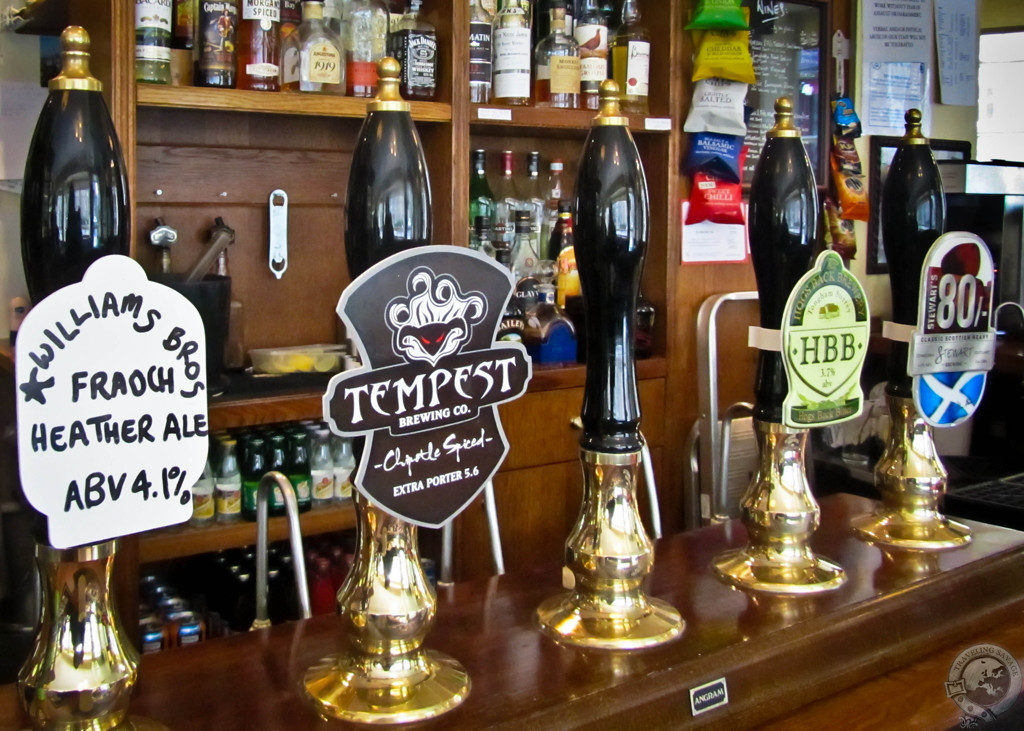
So there I sat at McCowans brewpub on Edinburgh’s west side, privvy to the local CAMRA branch meeting. This is serious business. The meeting runs like a boozy session of parliament where the members drain pints in rigorous fashion and discuss bits of local pub news and voting procedures for the Good Beer Guide. They adhere to the meeting agenda religiously, though beer breaks always take precedence. After two hours and three pints of Deuchars IPA, I’m having a blast!
The fuss about real ale is that it’s really, really good. It’s generally served at room temperature (there’s that “warm” misconception), and it isn’t pumped full of extraneous gases like keg beers are (and there’s the “flat” one). What you get with a real ale is a smooth pint with tons of flavor. Cold temperature and carbon dioxide detract from the flavor of beer – all alcohol, really. Think about ice-cold shots of vodka and tequila. Who wants to taste that? When I got home from Edinburgh, I was shocked and dismayed at the cold and fizzy nature of the bottled beer in my fridge – I’d only had real cask ales during my three weeks in Scotland. And I missed them. Apparently, once you go cask, you never go back.
Few things amplify an experience more than being in the presence of passionate people. At the end of the CAMRA meeting I spoke extensively with a couple long-time CAMRA members, John Edwardson and Ken Finland. These guys were a riot, especially after a total of 11 empty pints among us. They proselytized about real ales and dubbed keg beers “fizzy pish.” As the meeting of these knights of the square table wound down, John suggested I come on the CAMRA-organized Stewart Brewery tour days later. He’d even give me a ride. Stewart Brewing, beyond carrying my middle namesake, is a rising star on the real ale scene.
I gladly accepted John’s invitation and the chance to continue my real ale education with these ale warriors. But that tour is a story for a later date.
Real ales are easy to find in pubs – just look for the tall font handles. Do you enjoy real ale? Tell me about your experience tasting it!

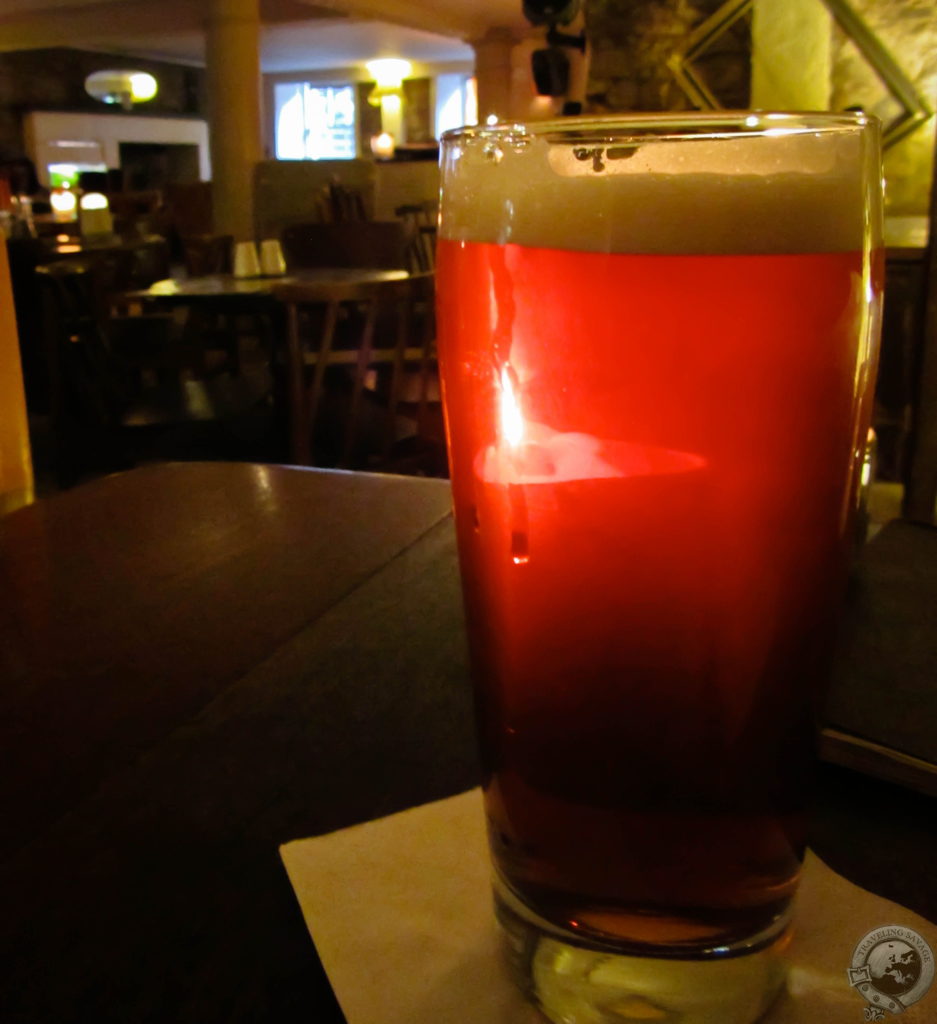
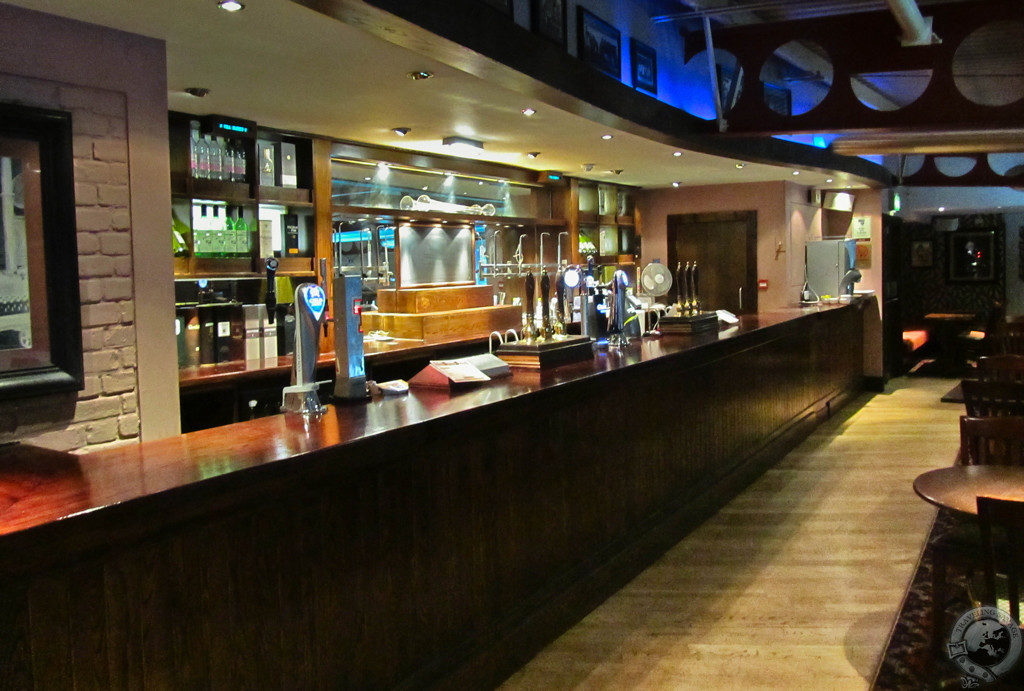
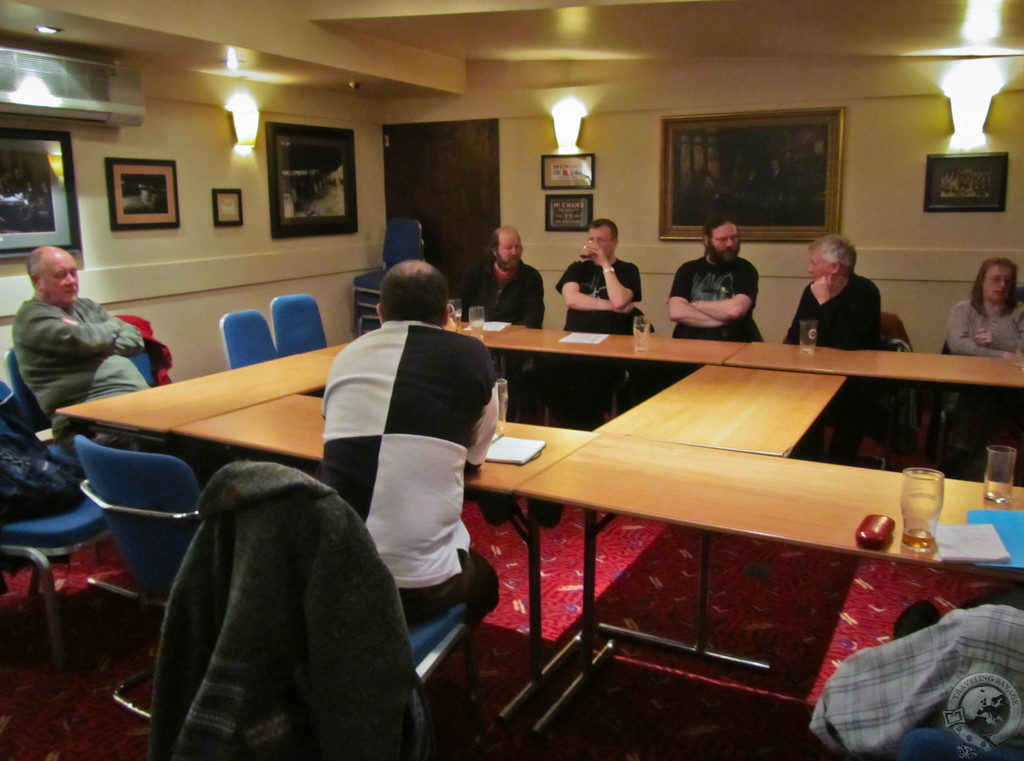
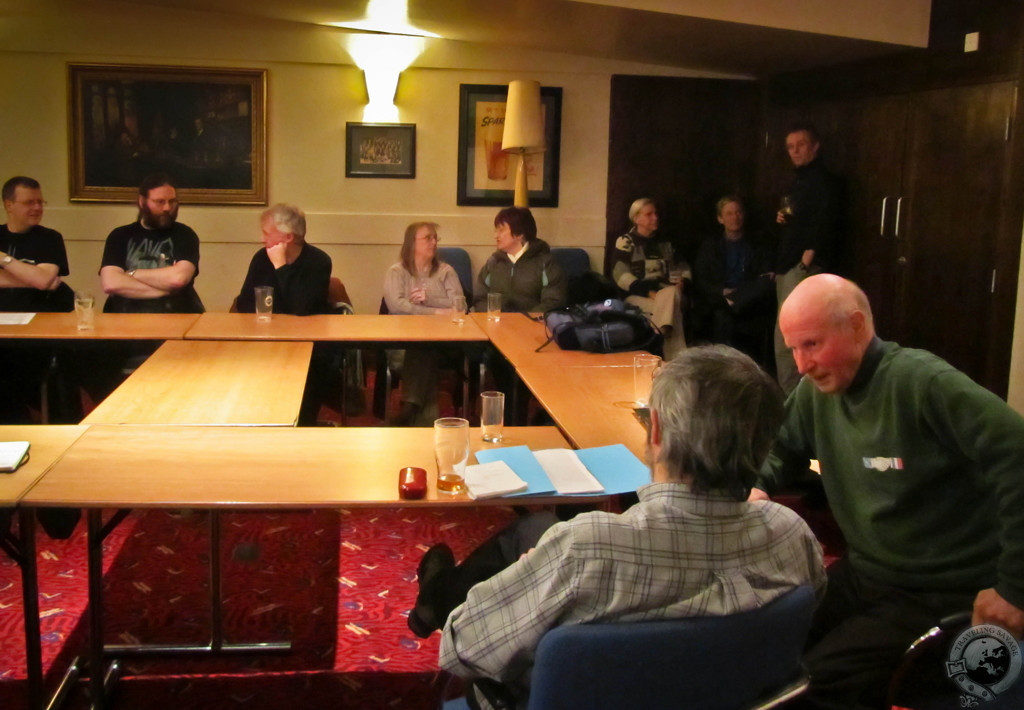
Mmmm beer. Ok, yes it is often more articulate than that, but often that is all the sentiment a Friday night after a long week needs.
Agreed. Figured this would be a good post to publish on a Friday. 🙂
I too was shocked when I first came across ale in UK – warm, flat beer?! But I came to really enjoy them, especially on cold winter nights 🙂
Real ale is very easy to drink and goes down quickly. I just love the flavors – there’s a freshness to them (when they’re served correctly).
What a unique experience and exchange.
For a true beer lover, you were just accepted into the Free Mason’s Beer branch. That must have felt good. 🙂
Guess it kinda felt that way. The CAMRA folks are friendly, welcoming people.
I have often heard that really good beer is served warm. I am sure these experts know what they are talking about. I definitely would love to try one of these tasty beers someday.
The beer is only “warm” when compared to how cold we serve it in North America. Real ales in Scotland are served at room temp or little below – in the 55F-66F range. Not exactly warm, right? The lack of cold temperatures brings out the flavor in the beer.